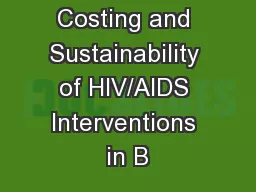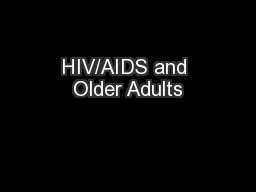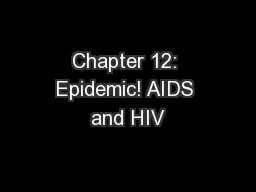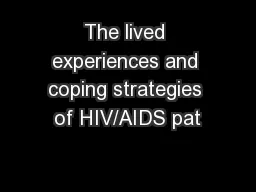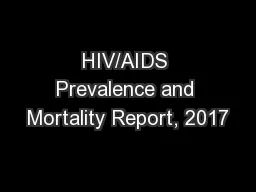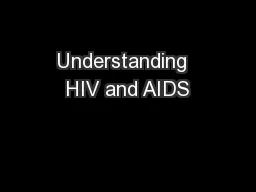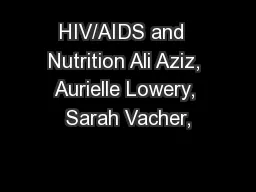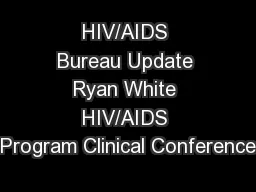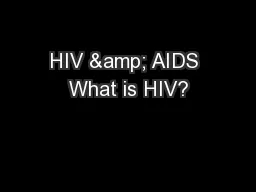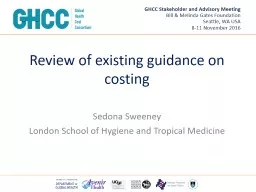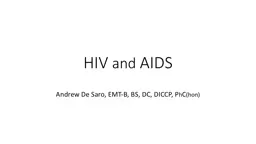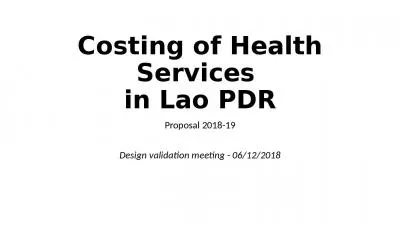PPT-Costing and Sustainability of HIV/AIDS Interventions in B
Author : conchita-marotz | Published Date : 2015-10-16
Dave Burrows Director Situation in Bosnia and Herzegovina BiH Strategic Investment Framework Capacity Assessment Roadmap to Transition and Sustainability Overview
Presentation Embed Code
Download Presentation
Download Presentation The PPT/PDF document "Costing and Sustainability of HIV/AIDS I..." is the property of its rightful owner. Permission is granted to download and print the materials on this website for personal, non-commercial use only, and to display it on your personal computer provided you do not modify the materials and that you retain all copyright notices contained in the materials. By downloading content from our website, you accept the terms of this agreement.
Costing and Sustainability of HIV/AIDS Interventions in B: Transcript
Download Rules Of Document
"Costing and Sustainability of HIV/AIDS Interventions in B"The content belongs to its owner. You may download and print it for personal use, without modification, and keep all copyright notices. By downloading, you agree to these terms.
Related Documents

